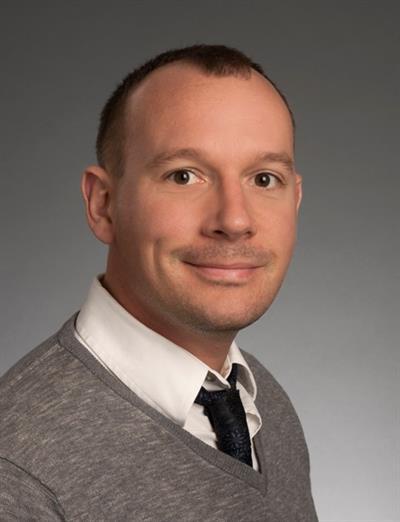
Paul Simmonds

Research/Areas of Interest
Experimental development of novel semiconductor nanostructures for quantum information sciences.
Tailoring crystal symmetry and strain at the nanoscale to produce next generation optoelectronic devices.
AREAS OF RESEARCH EXPERTISE
• MBE growth, chamber maintenance, and system support.
• Low-temperature, high-field magnetoresistance quantized carrier/spin transport (quantum Hall
effects, Shubnikov-de Haas oscillations, 1D quantized conductance, 0.7 structure, etc.).
• Atomic force microscopy (AFM), transmission electron microscopy (TEM), X-ray diffraction (XRD)
and photoluminescence (PL), Raman spectroscopy, ellipsometry, Rutherford back scattering, etc.
• Cleanroom-based micro/nanofabrication including photo- and e-beam-lithography, metallization,
and device packaging
Education
- Doctor of Philosophy, Univ of Cambridge, GBR, 2008
- Master of Science, Univ of Essex, GBR, 2002
- Bachelor of Science, Univ of Durham/England, GBR, 1999
Biography
His research lies at the convergence between electrical engineering, condensed matter physics, and materials science. A key tool in his work is molecular beam epitaxy (MBE), an advanced technique for growing ultrapure semiconductor crystals with atomic-level control over nanomaterial size. Specific research interests include the synthesis of novel semiconductor nanostructures, spintronics, high mobility electron transport, and the integration of dissimilar materials. His work has applications in a wide range of areas from quantum information science and advanced infrared optoelectronic devices, to low-power electronics."